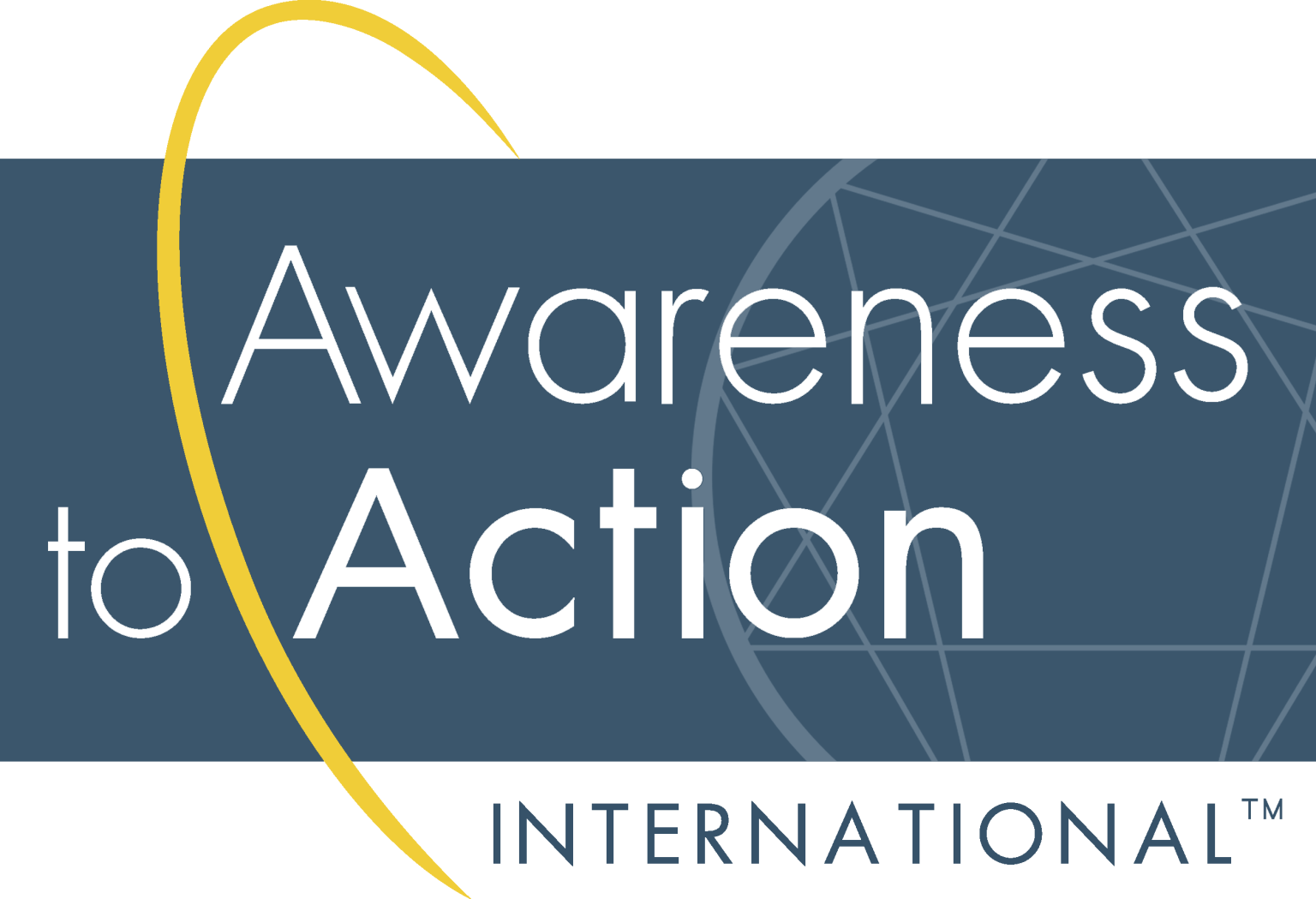Enneagrammers are, in general, an introspective lot. Most of us seem to have encountered the system in the midst of some search for self-understanding and got hooked because we found the description of our Ennea-type to so accurately reflect who we are. Then, of course, we go on to look for the descriptions of those around us in the pages of the Enneagram books, but it is the description of “me” that really catches us.
Unfortunately, however, this kind of self-reflection–driven by the oracle’s urging to “know thyself” and Plato’s dictum that the unexamined life is not worth living–can be never-ending for some people and the temptation toward navel-gazing becomes the siren’s call.
Perhaps Plato bears some of the blame for this with his telling of Socrates’ analogy of the charioteer. Representing the rational part of the psyche, the charioteer steers two horses–one representing the positive moral impulse and the other representing our more base desires. It is the charioteers job to “know himself” and to manage our passions. A nice analogy, but one we now know to be flawed.
David Hume figured this out a long time ago, pointing out that we are generally driven by our passions and use reason to justify our impulses rather than to steer them. The latest science supports Hume’s view. For example, Daniel Kahneman’s masterwork on cognitive biases, “Thinking Fast and Slow,” describes a long list of flaws in our ability to reason. Timothy Wilson’s “Strangers to Ourselves” shows that our ability to truly “know ourselves” is actually pretty limited. Kahneman suggests that studying cognitive biases can be a help in overcoming them, though he readily admits that he falls victim to them as well. Wilson expounds on the value of getting feedback from others rather than relying on our own perceptions of how we are doing in our relationships and interactions with others.
Those given to much self-reflection and who place high value on subjective experience as the arbiter of all that is right and true are uncomfortable with the warnings of people like Kahneman and Wilson. They prefer to rely on (often-naive) intuition and their subjective emotional states to help them understand themselves and others. Others, of course, take the other approach–dismissing the subjective and claiming to rely on what they think are purely objective ways to understand the world. The truth is that like most dichotomies, this forced choice is a false choice. We need both the subjective and the objective; we need to look inward and outward.
The irony is that by looking outward we can actually strengthen the subjective capacities.
I recently stumbled across a video, “The Power of Outrospection,” that explains this nicely. Philosopher Roman Krznaric has coined the term “outrospection,” the act of looking outward and relying first on cognitive empathy as a tool for developing more affective empathy. The main lesson of the video, for me, is that if we want to truly learn to empathize with others we have to spend less time looking inward and more time looking outward, and seeking to understand others objectively rather than merely projecting our subjective selves onto others. There is no better tool for this than the Enneagram, of course, which serves as a constant reminder that other people are different from us and if we will be constantly disappointed and dissatisfied if we keep expecting them to respond to life the way we do. The irony is that we will be happier when we understand others better rather than obsessing about our own needs and desires and what will make us happy; that we find our true selves when we understand and have empathy for others. The better we understand how people are different from us (they have different personality styles, at a minimum), the better we understand that they are very much like us (they struggle just as much as we do with the conditioned behavior influenced by our Ennea-type).
A character in a Jerzy Kozinski novel I read many years ago went into a hair salon for a haircut. When he asked to be turned so that his chair face the window, the stylist said “Most people want to look in the mirror.” The character replied, “I already know what I look like; I prefer to look out there.”
More seekers after truth would benefit from this attitude, combined with Spinoza’s commitment to making a “ceaseless effort not to ridicule, not to bewail, not to scorn human actions, but to understand them.” Take some time out from looking inward for a while and look out the window. Soon you will realize that what you are really seeing is yourself.






